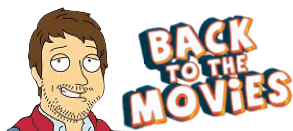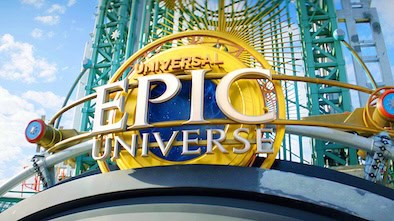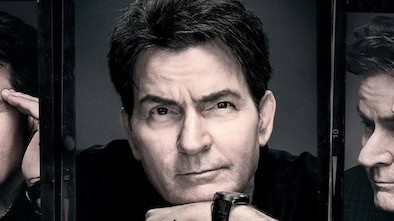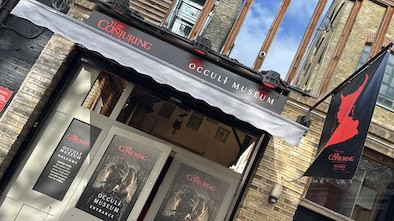
There’s no use denying it. We have no actor who could ever approximate late 70’s Clint Eastwood, no actress quite like Sandra Locke during that time period (she’s SUPER hot in this movie…), the action is forceful and brutal and nearly unrelenting once the narrative kicks into overdrive, while the undercurrent of rape that accompanied the various Eastwood/Locke collaborations must be commented upon, because, well, there’s something up with all of that.
Sure, The Gauntlet is a bit visually flat despite having been shot in 2.35:1 widescreen, but that doesn’t matter, because it’s f**king awesome all the time, and there’s TONS of people shooting at a massive bus during the finale and you just can’t believe how many dummy-rounds were expended and bullet-hit-charges were detonated.

There’s also a sequence where an entire house is decimated by a hail of automatic weapon fire that has clearly served as an inspiration for many films in the future, and a neat-o helicopter crash that looked pretty legit.
The plotting is happily cliché, the characters are archetypal yet shaded around the edges, and all of it works like gangbusters because Eastwood directed with square-jawed efficiency, and took on a lead role with boozed-out swagger that played to his inherent sense of quiet cinematic bravado; there are whiffs of John McClane all over Eastwood’s Ben Shockley character. Jerry Fielding’s jazzy score sometimes feels at odds with the intense action on display, but provides the film with a surprising sonic quality which ups the pulp value.
Oh, and there’s some serious Pat Hingle POWER, too. Released in 1977, The Gauntlet was a box office hit and got solid-enough reviews, and also boasts one of the most kick-ass one-sheets I’ve seen in a while.
Review by Nick Clement
- The Gauntlet
Summary
Hollywood doesn’t have the stones to make a film like The Gauntlet anymore. This is a fact.











